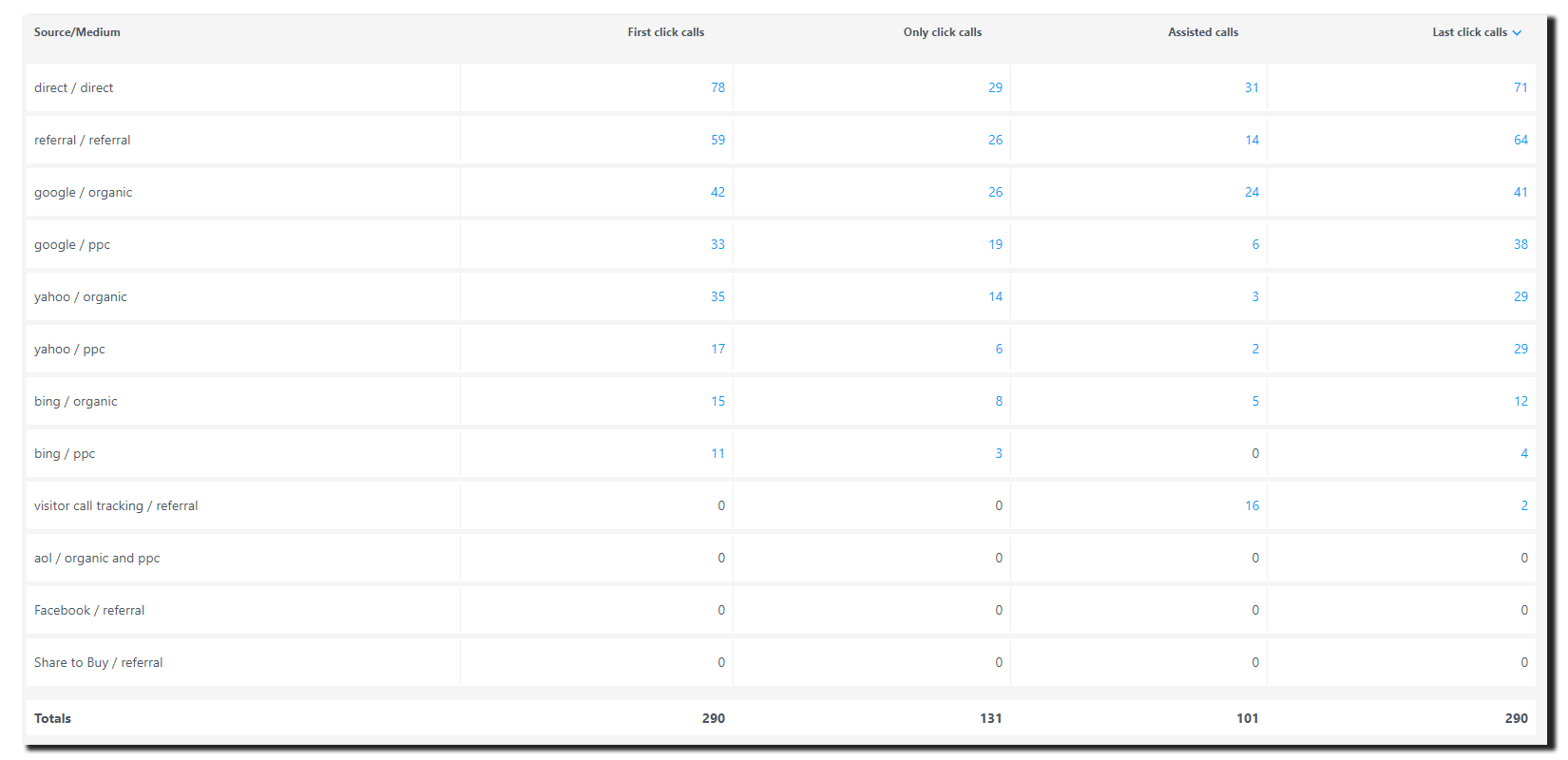Steering using transaction-level measurement
I was once told that if you drive a car with your eyes closed, and using only the accelerator and brake, you can go forward and you can stop. Unfortunately you’ll hit a tree because you didn’t see it, and there is no steering wheel to go around it.
They said, “Measuring marketing performance is practically the same”…
You see, if you use ROI and Customer Acquisition Cost (CaC) at a company-level you’ll know if you’re going forward or backward, perhaps getting better, perhaps getting worse. ROI was 90% this quarter and 50% last. Performance is better but, let’s face it – you don’t honestly know why.
Using ROI like this might keep you in a job if it’s heading the right way. It might cost you your job if it’s not. If it’s not, how are you going to change direction?
Measuring channel-level and transaction-level performance opens your eyes and gives you a steering wheel to control your direction.
It’s all about attribution
Channel-level measurement just needs every lead to be captured with a channel. The lead source drops into your CRM system and, when the opportunity is won or lost, the exact revenue generated and budget spent on the channel is known and the ROI is calculated.
At a stroke you can move budget from poorly performing channels and start controlling your direction of travel.
This is just the beginning of the journey, and the one thing I have learnt over the years is that the more you improve, the hungrier you are to improve.
Simply moving budget between channels risks tipping the baby out with the bath water. It’s unlikely that channel is all bad. You need to understand exactly what is happening within the channel, what the relationship is between channels, and how the channels work together to influence results.
This requires a little more data at the transaction-level. Tools like Mediahawk gather this information, report on it, and pass it on to your other marketing systems. By capturing one simple Mediahawk reference in your CRM, we’ll provide chapter and verse on which search terms telephone callers used to find you, which other content and channels they interacted with, which pages they visited, which emails they read, and much more.
Transaction-Level
- Measure CaC and ROI at the transaction level
- Budget allocation within and between channel, e.g. at the keyword level
- Experiment and refine
- Identify multi- and inter-channel influence
Channel-Level
- Measure leads at a channel level to understand which channel are most effective
- Allows marketing to allocate budget and effort between channels only
- Doesn’t fix problems within a channel
Company-Level
- Allows the company to see general marketing effectiveness
- Can measure the overall direction of travel
- Will not indicate which areas need improvement, so risk relying on a fickle channel to deliver leads
Mediahawk is packed full of tools to help capture data at the transactional-level
Live calls (real-time) report
A great way to capture a single ID to enter in your CRM system. This gives you every piece of transactional information Mediahawk has to offer available against every single lead and opportunity.
Source flow report
The source flow report takes the effort out of understanding inter-channel influence. It analyses every visit, interaction, and call-to-action, and shows you exactly which combinations of visitor touchpoints are most likely to generate an interaction:
Attribution report
The attribution report shows you whether a source ‘influenced’ an interaction – regardless of the whether it was the first or last click. Great for understanding whether channels such as paid search are performing well:
These tools make it very simple to add a little more detail at the point a lead is captured. However, they go a very long way towards improving your understanding of marketing performance.
By capturing this information, you’ll future proof your lead management processes. For example, if in the future you decide to analyse your opportunity pipeline by a particular media source or referring website, you’re able to – purely because you are recording a small data snippet at the transaction-level.






